The architectural historian in me is fascinated by the threads of science, theory, and symbolism that go into designing and building schools. Like most preservationists, I am a strong believer that the power of place plays a central role in shaping our experiences, attitudes, and values. The tangible aspects of a school’s ‘power of place’ include its architectural style, materials, dimensions, and floor plan. Taken together, these character-defining features often reflect a community’s wealth, prominence, and aspirations for their children. In Philadelphia, schools from the mid-19th century to pre-World War II period fit into this category, regardless of their location in large or small, rich or poor neighborhoods. After World War II, the character of many of Philadelphia’s public schools shifted, and the school buildings communicate a rigid, institutional personality that is markedly different from the schools only a few decades older. Continue reading
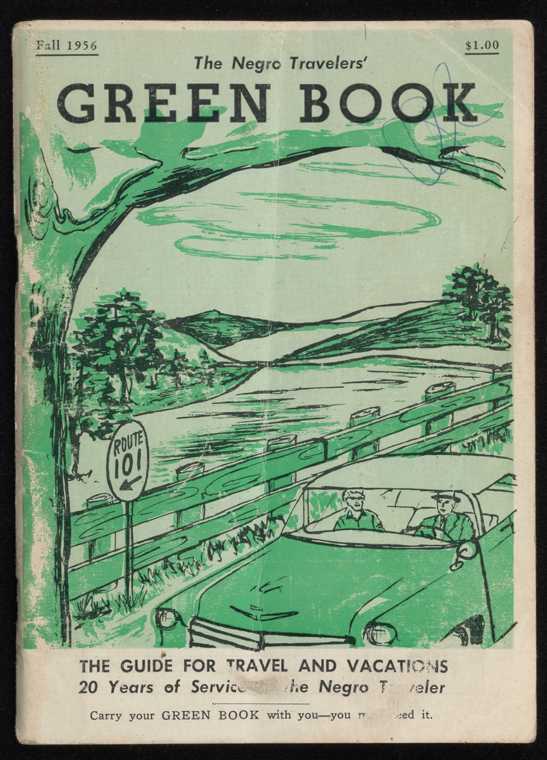
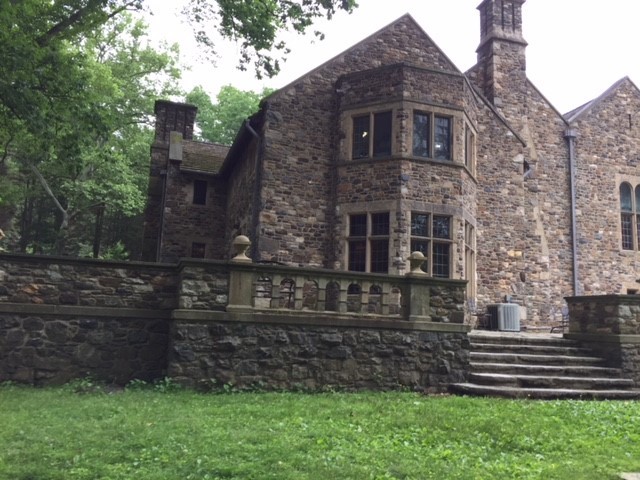


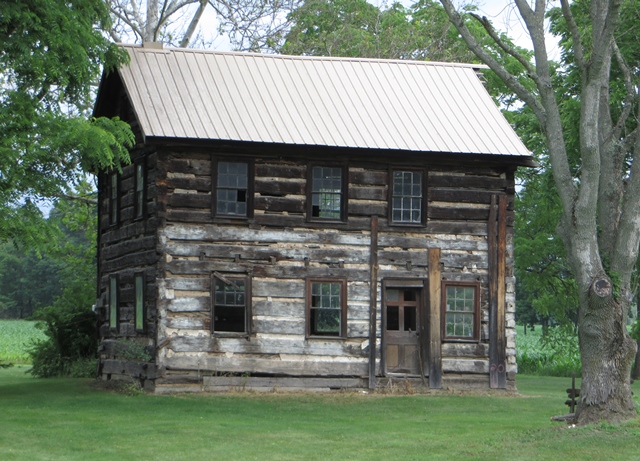

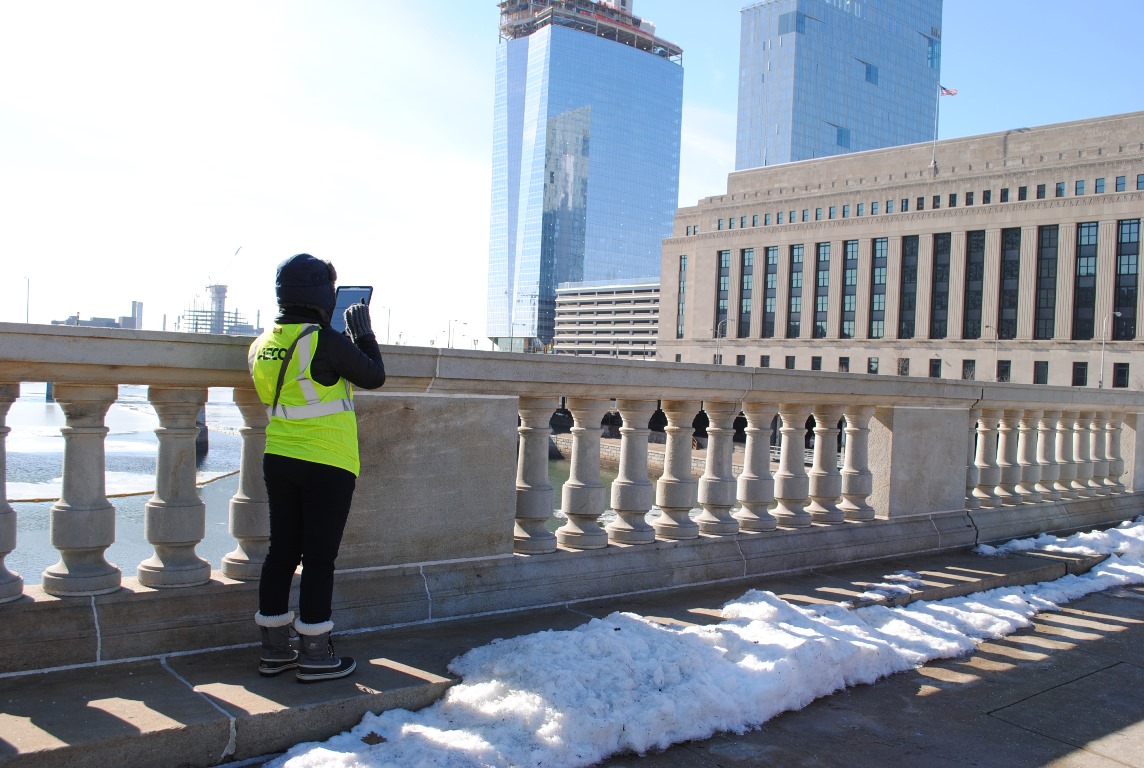
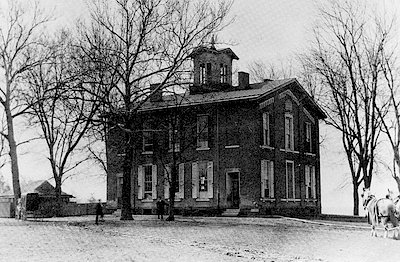
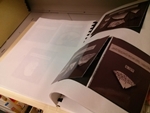

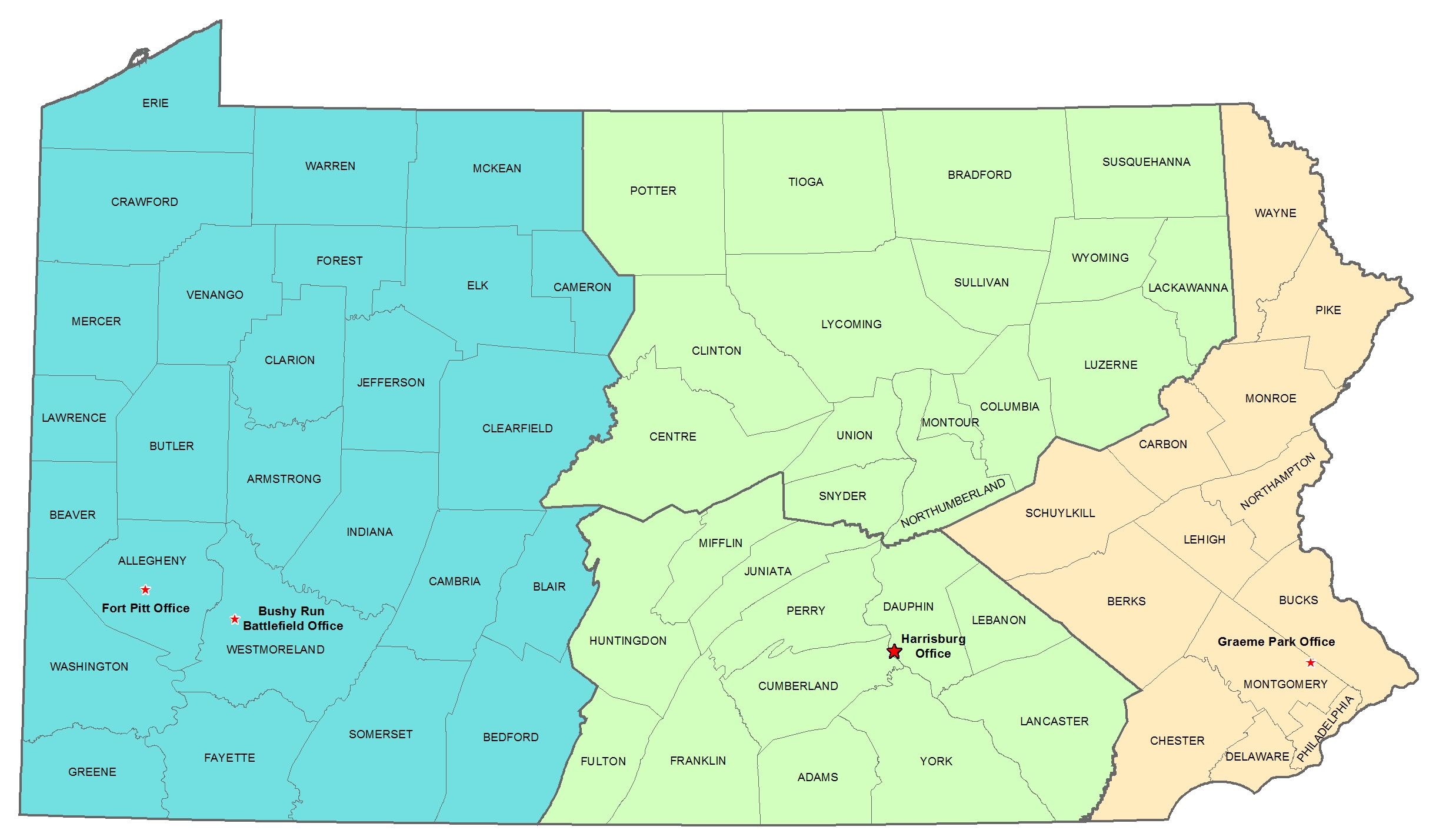
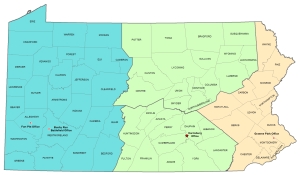 Bite off more than you can chew, then chew it. Plan more than you can do, then do it.
Bite off more than you can chew, then chew it. Plan more than you can do, then do it.
Recent Comments